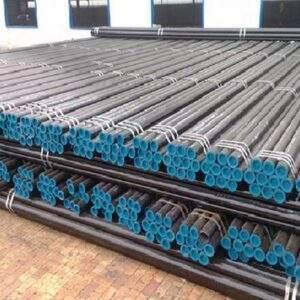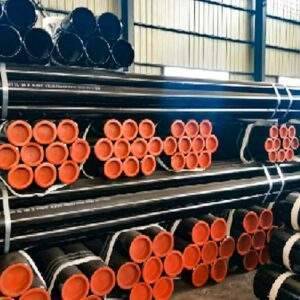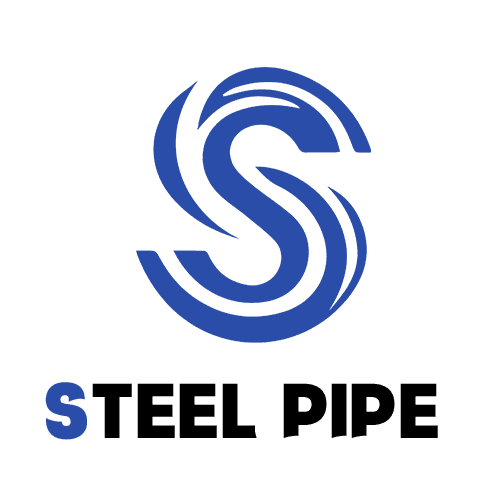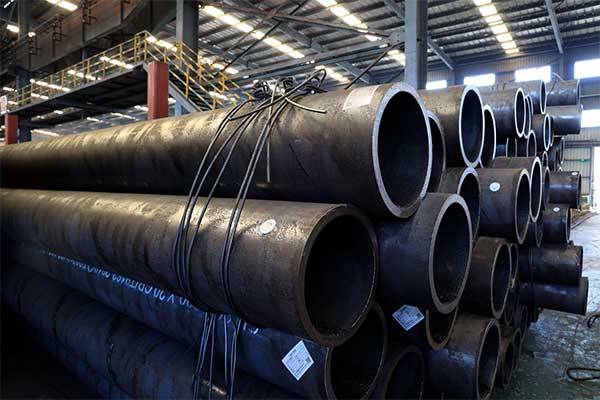Welcome to My Blog!
Before we dive into the content, I’d love for you to join me on my social media platforms where I share more insights, engage with the community, and post updates. Here’s how you can connect with me:
Facebook:https://www.facebook.com/profile.php?id=61559060896490
Now, let’s get started on our journey together. I hope you find the content here insightful, engaging, and valuable.
Table of Contents
Introduction

Seamless mechanical tubing is a versatile product widely used across various industries. Its unique properties, including high strength, durability, and precision, make it an ideal choice for numerous applications. The seamless mechanical tubing sizes are a critical factor influencing its performance and suitability for specific applications. In this comprehensive guide, we will delve into the world of seamless mechanical tubing size, providing you with the knowledge necessary to make informed decisions.
Why Seamless Mechanical Tubing Sizes Matter
The seamless mechanical tubing sizes significantly impact its performance and suitability for specific applications. Key factors to consider include:
- Wall thickness: A thicker wall provides greater strength and pressure resistance, making it ideal for high-pressure applications. Conversely, a thinner wall allows for increased flexibility and reduced weight.
- Outer diameter: The outer diameter influences the flow rate of fluids or gases within the tubing. A larger diameter allows for higher flow rates, while a smaller diameter is suitable for precise control and lower flow rates.
- Length: The length of the tubing affects its handling, transportation, and overall system design. It’s essential to consider the required length for the specific application and any potential limitations in manufacturing and installation.
Factors Affecting Seamless Mechanical Tubing Sizes
Several factors influence the selection of seamless mechanical tubing sizes:
- Application: The intended use of the tubing is a primary determinant of the required seamless mechanical tubing sizes. For example, high-pressure hydraulic systems require thicker-walled tubing, while low-pressure pneumatic systems may use thinner-walled tubing.
- Material: Different materials possess varying properties, and the appropriate seamless mechanical tubing size will depend on the material’s characteristics. For instance, stainless steel tubing, known for its corrosion resistance, may require specific size considerations to ensure optimal performance in corrosive environments.
- Pressure: The operating pressure of the system directly impacts the required wall thickness. Higher pressures necessitate thicker walls to withstand the increased force.
- Temperature: Extreme temperatures can affect the tubing’s dimensions and performance. High temperatures may cause thermal expansion, while low temperatures can lead to contraction.
- Corrosion resistance: The environment in which the tubing will be used influences the choice of material and seamless mechanical tubing size. Corrosive environments may require specific materials and larger diameters to accommodate potential wall thickness reduction due to corrosion.
Standard Seamless Mechanical Tubing Sizes and Tolerances
Seamless mechanical tubing is available in a wide range of standard seamless mechanical tubing size, often defined by industry standards and specifications, such as:
- ASTM: American Society for Testing and Materials
- ASME: American Society of Mechanical Engineers
| Standard | Outer Diameter Range (inches) | Wall Thickness Range (inches) | Typical Applications |
|---|---|---|---|
| ASTM A53 | 1/2 to 12 | 0.065 to 0.500 | General-purpose piping, structural applications |
| ASTM A269 | 1/8 to 4 | 0.035 to 0.250 | Chemical processing, food processing, medical equipment |
| ASTM A312 | 1/2 to 24 | 0.035 to 1.000 | High-temperature and high-pressure applications |
Custom Seamless Mechanical Tubing Sizes and Tolerances
While standard seamless mechanical tubing sizes are readily available, there may be instances where custom sizes are required to meet specific application needs. Custom tubing can be manufactured to precise tolerances, ensuring a perfect fit and optimal performance. Factors to consider when specifying custom seamless mechanical tubing sizes include:
- Tolerances: Tight tolerances are crucial for applications requiring precise dimensions and fit.
- Manufacturing capabilities: The manufacturer’s capabilities and equipment will influence the feasibility of producing custom seamless mechanical tubing size.
- Cost: Custom tubing may incur additional costs due to specialized manufacturing processes and smaller production quantities.
Selecting the Right Seamless Mechanical Tubing Sizes
Choosing the correct seamless mechanical tubing sizes involves careful consideration of several factors:
- Design calculations: Engineering calculations are essential to determine the required wall thickness and outer diameter based on factors such as pressure, temperature, and material properties.
- Material compatibility: The chosen material must be compatible with the fluids or gases being handled to prevent corrosion, chemical reactions, or other adverse effects.
- Manufacturing tolerances: It is important to consider the manufacturing tolerances to ensure a proper fit and avoid potential issues during assembly and operation.
- Cost: The cost of custom tubing may vary significantly compared to standard seamless mechanical tubing sizes. It’s essential to balance cost considerations with performance requirements.
Applications of Seamless Mechanical Tubing

Seamless mechanical tubing finds applications in a diverse range of industries, including:
- Automotive: Fuel lines, brake lines, and hydraulic systems
- Aerospace: Aircraft components and hydraulic systems
- Chemical processing: Piping for corrosive fluids and high-temperature processes
- Oil and gas: Drilling and production equipment, pipelines
- Power generation: Boiler tubes, heat exchangers, and piping systems
Conclusion
Selecting the appropriate seamless mechanical tubing sizes is crucial for ensuring the optimal performance, reliability, and longevity of your system. By carefully considering factors such as application, material, pressure, temperature, and corrosion resistance, you can make informed decisions. It is recommended to consult with a materials engineer or tubing specialist for complex applications to ensure the best possible choice of seamless mechanical tubing sizes.
FAQ
What is seamless mechanical tubing?
Seamless mechanical tubing is a type of tubing that is produced without any welds, resulting in a continuous, uniform structure. This makes it stronger, more durable, and more resistant to leaks compared to welded tubing.
Why are seamless mechanical tubing sizes important?
The size of seamless mechanical tubing, including its outer diameter and wall thickness, significantly impacts its performance and suitability for specific applications. The correct size ensures optimal flow rates, pressure handling, and mechanical strength.
How are seamless mechanical tubing sizes standardized?
Seamless mechanical tubing sizes are standardized by organizations like ASTM (American Society for Testing and Materials) and ASME (American Society of Mechanical Engineers). These standards specify the dimensions, tolerances, and material requirements for various types of seamless mechanical tubing.
Can custom seamless mechanical tubing sizes be produced?
Yes, custom seamless mechanical tubing sizes can be produced to meet specific application requirements. However, custom sizes may incur additional costs and longer lead times compared to standard sizes.




